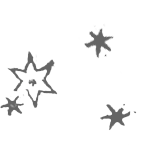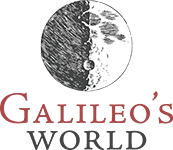Highlights
Citation
Item Location
Galileo described his experiment with an inclined plane in Two New Sciences. If we were asked to build an inclined plane for Galileo based strictly upon that report, how would we design it?
We asked master craftsman Ron Mitchell to place himself in that scenario. In Two New Sciences, Galileo described an inclined plane 12 yards long with a variable tilt allowing from 3 to 6 feet of vertical fall. We informed Galileo that we did not have room for a 36 foot long beam, and he agreed that we might shorten the length of the beam to 24 feet.
Because obtaining the same results regardless of the variation of tilt is critical to Galileo’s argument, Ron’s greatest design challenge was how to make the height of the beam on the tall end adjustable, without running the risk of breaking Galileo’s arm or smashing his fingers while adjusting the tilt. Ron’s ingenious and elegant solution was to employ one of Galileo’s favorite simple machines, the balance. With Ron’s design, anyone may easily slide the massive beam into the desired height with only a single hand. Levers on one side lock it in place. Galileo liked this design, and told us this was how he had envisioned it in the first place.
Ron also designed bell mounts. Bells easily slide into place to indicate the moment a ball descends to any given point.
Since Galileo reported that the channel for the ball was lined with vellum, we asked book conservator Sean Richards to join Ron in the effort. As with Galileo’s telescope, microscope and other instruments (which likewise made ample use of marbled paper, gold leaf, leather tooling and other book-binding techniques), we see widespread overlap between the instrument-makers and book binders of early modern Europe.
We leave it to Exhibit Hall visitors to choose how to measure durations in time of fall. If you are an experienced musician and lute player, then count to the 10th of a pulse beat as did Galileo. Or you may perhaps prefer to employ a stopwatch or other more modern method unavailable to Galileo.





